5 Flowering Drought-Tolerant Ground Cover Plants
Updated: Aug. 16, 2022
Replace your thirsty ground covers with these flowering, drought-tolerant plants that are sure to add beauty to your garden while using less water.
With many areas in the United States experiencing drought conditions, replacing thirsty plants with those that need less water is not only becoming more popular—in many cases, it is a necessity. With many city governments instituting water restrictions, drought tolerant ground cover plants are needed now more than ever.
If the idea of drought tolerant plants brings to mind a garden filled with boring looking plants or prickly cacti, then you are in for a pleasant surprise. Drought-tolerant plants can be beautiful! Today, I’ll show you some lovely, flowering ground covers that you’ll be rushing out to add to your garden.
Check out the gardener’s guide to xeriscaping.
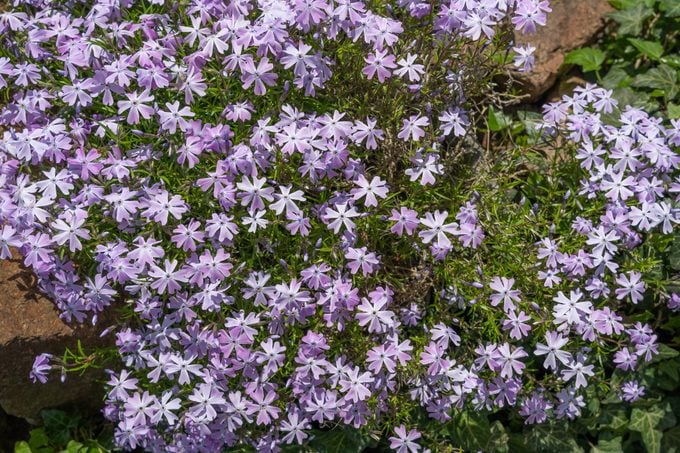
Creeping Phlox
(Phlox subulata)
Zones 3-9
For a carpet of beautiful flowers, creeping phlox (also known as moss phlox) is hard to beat. Small needly-shaped leaves are covered in masses of flowers ranging from white, pink and purple throughout the spring. This flowering beauty isn’t fussy and can grow in acidic to alkaline soil and thrives in sandy, loam and clay soils. Moss phlox has one important requirement, which is a spot in the garden that receives full sun. Ground covers can be quite versatile in the garden and creeping phlox is no exception. It is often used in containers, rock gardens or allowed to spill over a raised bed. Did I mention that the flowers are fragrant too?
Discover 15 ways to conserve water in your garden.
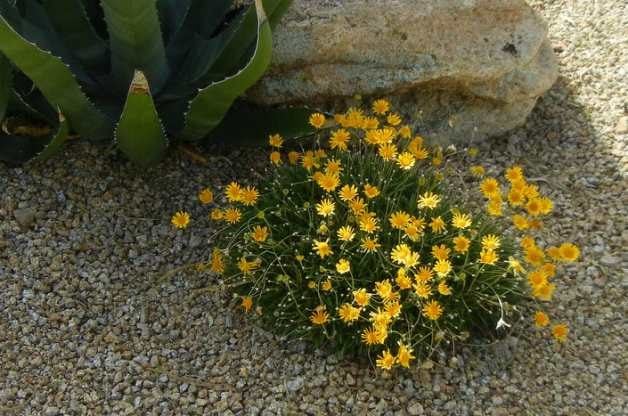
Angelita Daisy
(Tetraneuris acaulis, formerly Hyemonxys acaulis)
Zones 5-9
Adding yellow flowering plants is a great way to add a spot of sunshine to the garden, even on a cloudy day. The flowers of angelita daisy look like miniature suns with their yellow centers and rays. This clumping ground cover has dark green leaves that resemble grass. The flowers bloom from spring into early fall in zones 5 through 7 gardens. If you live in zone 8 or higher, this drought tolerant ground cover blooms all year long, with the heaviest blooms occurring in spring. Angelita daisy isn’t fussy and can grow in nutrient poor soils, but does appreciate well-drained soil. Plant in groups of three to five for greatest effect in full sun or light shade along pathways, around the base of your mailbox or in containers.
Check out 5 attractive drought-tolerant shrubs for your garden.
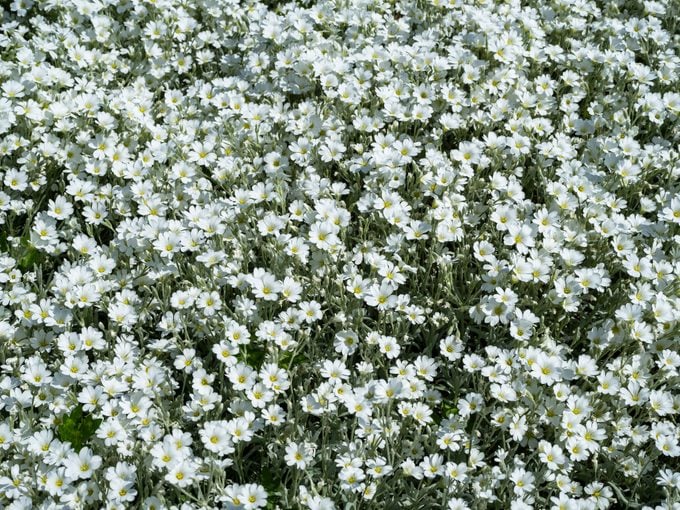
Snow-in-Summer
(Cerastium tomentosum)
Zones 3-7
The silvery gray foliage of snow-in-summer provides great color contrast when used near plants with darker green leaves. White flowers appear in late spring, continuing into early summer. This drought tolerant perennial is a favorite in gardeners who live in cooler climates. This attractive ground cover does best in full sun, but it can handle some light shade. Snow-in-summer can be used in a rain garden, rock garden or even planted on slopes. Even when not in flower, the silvery foliage will continue to add beauty to your garden. This ground cover will spread rapidly, so be sure to place the plants at least 2 feet apart to allow them room to grow.
Follow these expert tips for growing a drought tolerant garden.
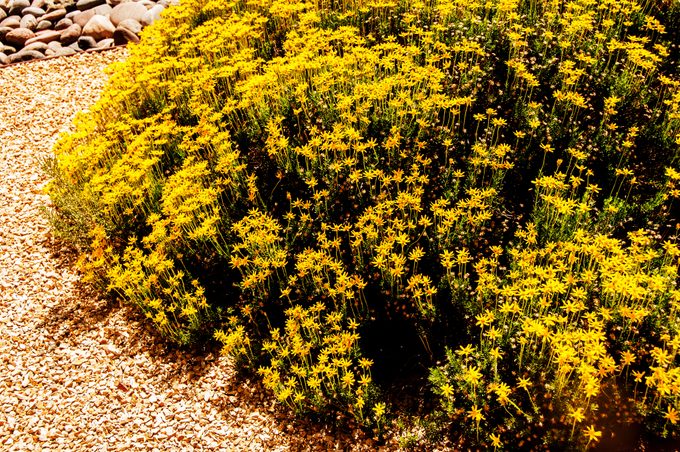
Damianita
(Chrysactinia mexicana)
Zones 7-10
The arrival of spring transforms the dark green, needlelike foliage of damiantia into golden yellow. Flowering occurs sporadically throughout the summer and into fall. Like many drought tolerant ground covers, damianita is not fussy and grows in poor soils without the need for supplemental fertilizer. Plant along driveways, next to boulders, on slopes or near swimming pools where its sunny color can be enjoyed. This Southwestern native plant does need well-drained soil and full sun to grow.
When is the best time to water plants?
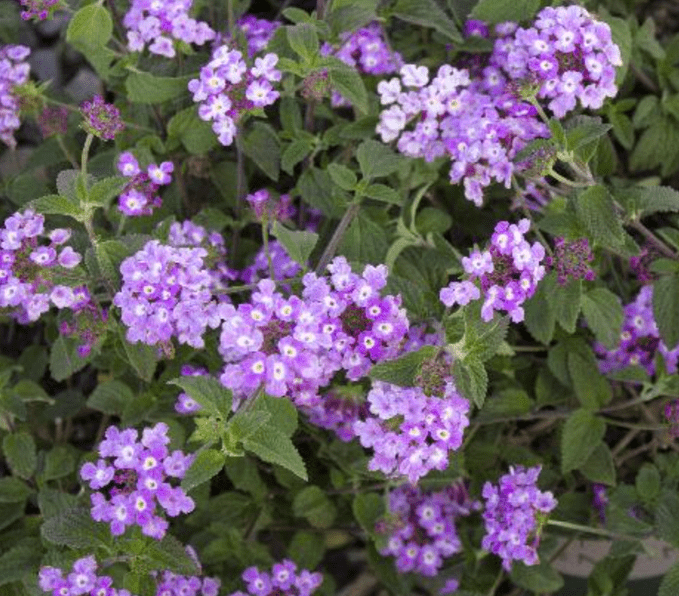
Trailing Lantana
(Lantana montevidensis)
Zones 9 and up or annual
Attractive green foliage covered in pretty flowers from spring through fall make trailing lantana a must-have for many gardens. Although this ground cover can only be grown outdoors year-round in zone 9 gardens and above, it is a very popular plant in cooler climates as well where it is treated as an annual. Adapted to acidic to alkaline soils, trailing lantana does best in well-draining soil, from full sun to light shade. In frost-free climates, the flowers bloom all year long. In colder climates, it will begin flowering in spring until the first frost. It’s suitable for containers, hanging baskets, rock gardens or as a bedding plant. Butterflies will be sure to seek out the flowers of trailing lantana. Unlike other forms of lantana, trailing lantana does not self seed and therefore is not invasive in tropical climates. It’s important to note that all parts of lantana are poisonous.
As you can see, drought tolerant ground cover plants can add beauty to your landscape while helping you save water. Replace your thirsty plants with these colorful, flowering options.
Next, check out drought resistant trees and plants to grow for birds.